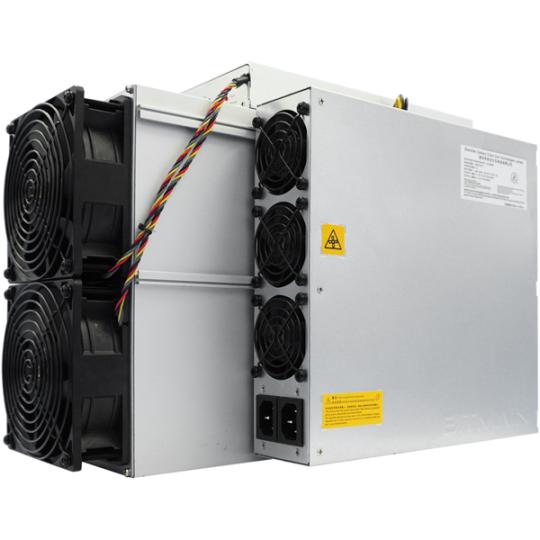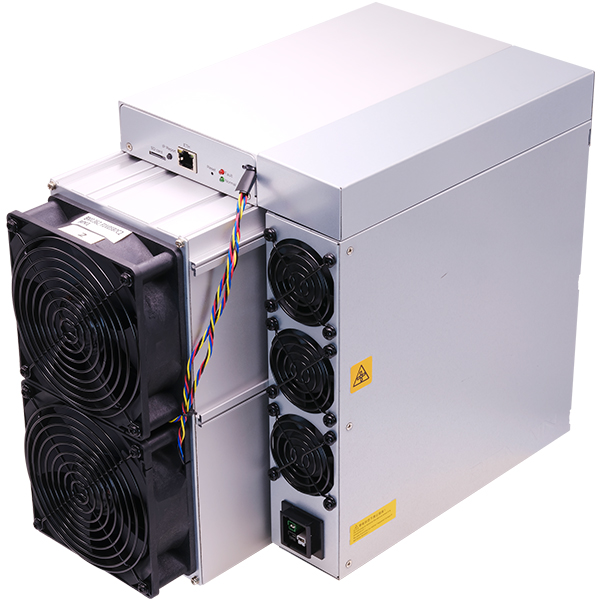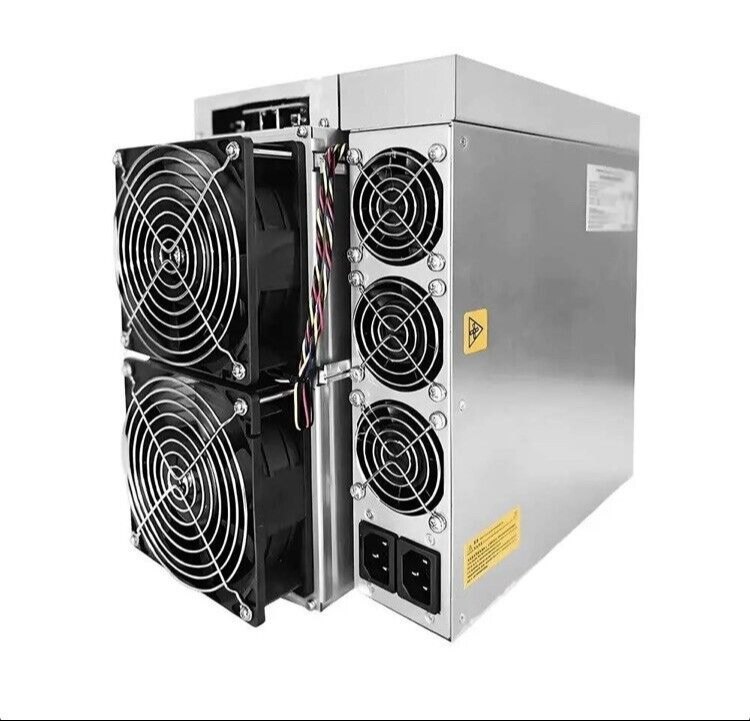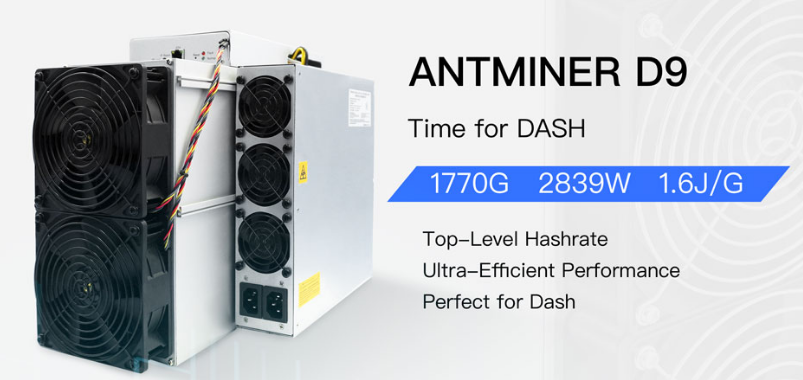Best Configuration Settings for Dash Miner D9
Cryptocurrency mining has evolved into a highly competitive and technical endeavor, requiring not only powerful hardware but also optimized configurations to maximize efficiency and profitability. The Dash Miner D9, a state-of-the-art mining device from the trusted Antminer brand, is engineered to excel in mining Dash using the X11 algorithm. However, to fully harness its potential, it’s crucial to configure the miner correctly. This guide provides practical insights and best practices to help you optimize your Dash Miner D9 for peak performance.
Understanding the Dash Miner D9
Before diving into configuration settings, it’s essential to understand the core features of the Dash Miner D9:

- Hashrate: 1770 GH/s, making it one of the most powerful miners for the X11 algorithm.
- Power Efficiency: Operates at 1.60 J/GH, ensuring cost-effective mining.
- Power Consumption: Approximately 2839W at 25°C, suitable for both residential and commercial setups.
- Cooling System: Advanced cooling mechanisms maintain noise levels at 70 dBA, ensuring quiet operation.
- Compatibility: Works with AC input voltages of 200-240V and frequencies of 50-60Hz, offering flexibility in deployment.
With these specifications, the Dash Miner D9 is designed for reliability and efficiency. However, proper configuration is key to unlocking its full potential.
Initial Setup: Hardware and Software
1. Hardware Assembly and Placement
- Positioning: Place the miner in a well-ventilated area to ensure adequate airflow. Overheating can reduce performance and lifespan.
- Power Supply: Use a high-quality PSU rated for at least 3000W to handle the miner’s power demands. Ensure the power source is stable to avoid fluctuations.
- Cooling: While the D9’s built-in cooling system is efficient, consider adding external fans or air conditioning in hot environments.
2. Software Configuration
- Network Connection: Connect the miner to your network using the RJ45 Ethernet port. A stable internet connection is critical for uninterrupted mining.
- Accessing the Interface: Use the miner’s IP address to access its web interface via a browser. The default credentials are usually provided in the user manual.
- Firmware Update: Ensure the miner is running the latest firmware. Updates often include performance improvements and bug fixes.
Optimizing Configuration Settings
1. Hashrate and Power Efficiency
The Dash Miner D9’s default settings are optimized for balance between hashrate and power consumption. However, you can fine-tune these parameters based on your priorities:

- Maximizing Hashrate: If your priority is raw computational power, you can slightly overclock the miner. This may increase power consumption and heat output, so monitor temperatures closely.
- Improving Efficiency: For cost-conscious miners, underclocking can reduce power usage. While this lowers the hashrate, it improves profitability in regions with high electricity costs.
2. Temperature and Fan Control
- Temperature Thresholds: Set the miner to automatically reduce performance if temperatures exceed 75°C. This prevents damage to internal components.
- Fan Speed: Adjust fan speeds to balance cooling and noise. Higher speeds improve cooling but increase noise levels.
3. Pool Configuration
- Choosing a Mining Pool: Select a reputable Dash mining pool with low fees and reliable payouts. Popular options include F2Pool, ViaBTC, and Antpool.
- Pool Settings: Enter the pool’s URL, port number, and your wallet address in the miner’s interface. Use failover pools to ensure continuity in case of downtime.
4. Monitoring and Alerts
- Dashboard Tools: Use the miner’s web interface to monitor hashrate, temperature, and uptime. Many pools also offer dashboards for real-time tracking.
- Alerts: Configure email or SMS alerts for critical events like overheating or hardware failures.
Operational Best Practices
1. Regular Maintenance
- Dust Removal: Clean the miner’s exterior and internal components regularly to prevent dust buildup, which can impair cooling.
- Inspection: Check for worn-out parts, such as fans or power cables, and replace them promptly.
2. Environmental Considerations
- Temperature Control: Operate the miner in environments between 0°C and 40°C. Extreme temperatures can affect performance.
- Humidity Levels: Maintain humidity between 10% and 90% (non-condensing) to prevent moisture damage.
3. Cost Management
- Electricity Costs: Use energy-efficient settings and consider solar or off-grid solutions to reduce costs.
- Profitability Calculations: Regularly assess your mining profitability using tools like CoinWarz or WhatToMine to ensure your setup remains viable.
Troubleshooting Common Issues
1. Overheating
Ensure adequate ventilation and clean the cooling system. If the issue persists, reduce the hashrate or increase fan speed.
2. Connectivity Problems
Check network cables and router settings. Ensure the pool’s server is online and accessible.
3. Hardware Failures
Contact Antminer’s support team or consult Minerfixes for spare parts and repair services.

Why the Dash Miner D9 Stands Out
The Dash Miner D9 combines cutting-edge technology with user-friendly features, making it a top choice for both novice and experienced miners. Its unmatched reliability, efficient power management, and comprehensive support from Antminer ensure a seamless mining experience. By following this guide, you can optimize your Dash Miner D9 to achieve maximum profitability and sustainability in your mining operations.

Invest in the Dash Miner D9 today, and take your cryptocurrency mining to the next level. With the right configuration and operational practices, you’ll be well-positioned to capitalize on the growing potential of Dash and the X11 algorithm.